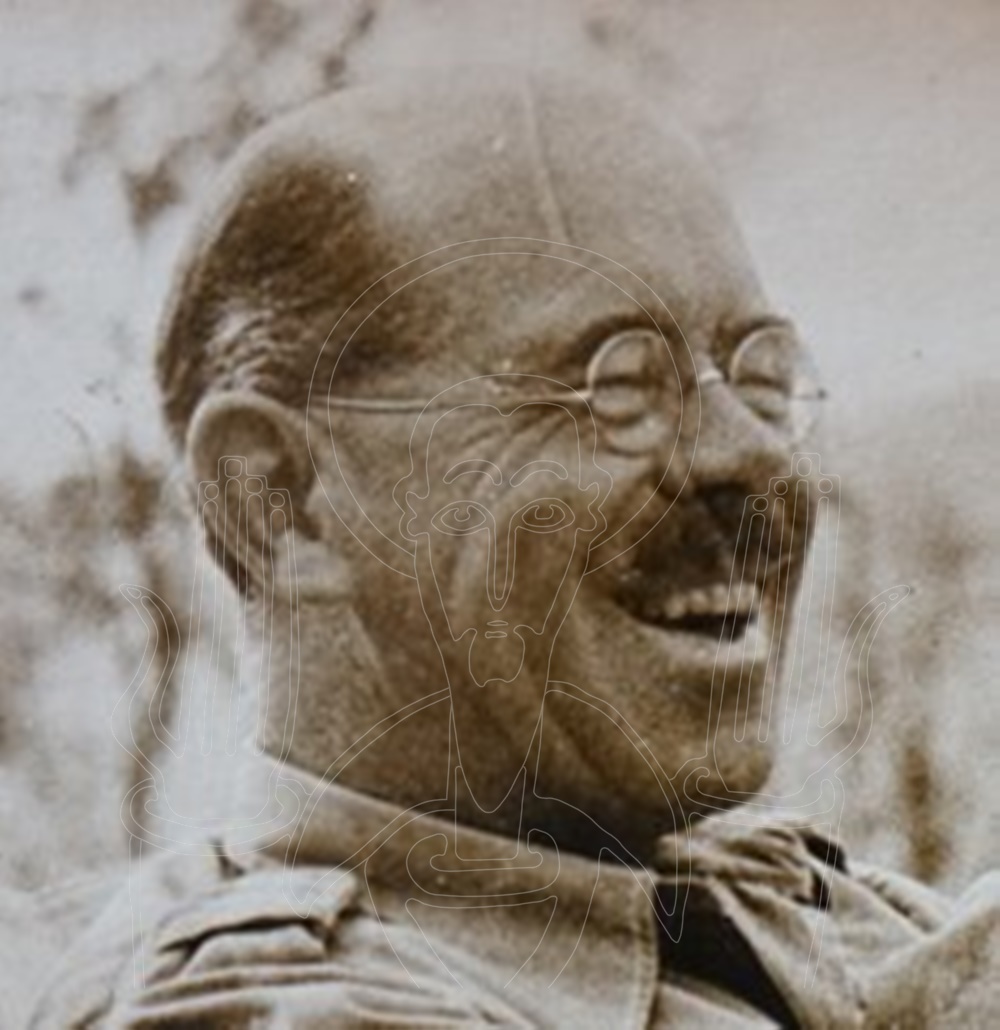Daniel Sandford

D’après l’Encyclopaedia Aethiopica, Daniel Arthur Sandford (1882-1972) est attaché à la légation britannique à Addis Abéba en 1910. En 1913, il se bat en France. De 1919 à 1921, il est employé par une entreprise britannique en Éthiopie. Deux an plus tard, il prend sa retraite et s’installe à Mulu, au nord d’Addis Abéba, sur un terrain ayant appartenu à Alfred Ilg. Les auteurs du même ouvrage de référence ont estimé judicieux de consacrer un article à chaque époux Sandford. Les critères amenant à ce choix sont nébuleux si on le compare à celui fait pour Antoine et Arnauld d’Abbadie. Les Basques n’ont pas eu cet honneur. Probablement que leurs contributions aux études éthiopiennes ont été estimées peu utiles et qu’elles ne justifiaient pas de différencier les deux frères.
Mais revenons aux Sandford. Il faut consulter l’article dédié à Christine, née Lush, pour apprendre que les Stanford se sont mariés en 1918 et qu’elle a rejoint son mari en Éthiopie en 1920.
Il est regrettable que Daniel n’ait pas rédigé ses mémoires. Son épouse publie, elle, deux livres, s’appuyant, entre autres, sur des auteurs comme Walker, Wylde, Jones & Monroe, Rey et Quaranta. Dans la préface du premier, elle dit témoigner des événements dont elle a été témoin de 1920 à 1935 et de 1942 à 1945 ; puis confirme utiliser les informations fournies par son mari pour ce qui concerne la campagne de libération de l’Éthiopie. Le programme annoncé et captivant. Sa lecture l’est un peu moins. Précisons que le titre Ethiopia under Hailé Sélassié est écrit en 1945 et qu’à la sortie de la 2e Guerre mondiale, certaines informations sont, probablement confidentielles. La première partie du livre contient des généralités sur l’Éthiopie qui ont perdu de leur intérêt. Le quinzième chapitre débute par l’invasion italienne. En dix pages, l’armée fasciste entre à Addis-Abeba et l’empereur s’exile en Angleterre. Alors que l’auteur a sous la main une source de première main concernant la libération de l’Éthiopie et la restauration de l’empereur sur son trône, Christine Sandford écrit :
[…] Meanwhile a small British mission had crossed the Sudan frontier on 12th August, with the object of making contact with Ethiopian leaders and exploiting the situation to the best advantage of our forces which were preparing to destroy the Italian armies in Ethiopia.
Quelle concision ! Comment Daniel Sandford a-t-il pu accepter que la Mission 101 soit réduite à si peu de chose en ces termes? Le lecteur se consolera en apprenant le nom des membres de la mission : cinq Britanniques (Sandford, Critchley, Drew, Grey, Whitmore) ; cinq Éthiopiens dignes d’être nommés (Azazh Kabada Tasama, Ato Getahun Tasama, Ato Assegehein Araia, Ato Gabra Maskal, Lij Mared Mangasha) ; le reste étant composé d’interprètes, de serviteurs, d’opérateurs radio et d’une cinquante de muletiers qui resteront dans l’anonymat. En même nombre de pages que pour l’invasion de l’armée fasciste, la Mission 101, la Force Gédéon et l’empereur libèrent le pays. Il est à espérer que ces pages contenaient suffisamment d’exclusivités pour l’époque. Aujourd’hui, elles ne suffisent plus.
La plupart des photos hors-texte montrent Hailé Sélassié et rappellent que son nom est associé au titre de l’ouvrage. Ni les patriotes, les fameux Arbegnoch, et encore moins les précurseurs que sont Monnier, Barontini, Ukmar et Rolla, ne sont mentionnés.
En 1955, à l’occasion du jubilé d’argent de l’empereur, Christine publie The Lion of Judah Hath Prevailed being the biography of His Imperial Majesty Haile Selassie I, qui s’appuie sur le travail de ses prédécesseurs. Son témoignage est absent, le ton est accommodant et les photos de peu d’intérêt.
En 1993, Eleanor Casbon, née Sandford, la cadette de Dan et Christine, publie la biographie de ses parents sous le titre The Incurable Optimists: Chris and Dan Sandford of Ethiopia. L’ouvrage regorge de détails sur la famille mais également sur le contexte. L’histoire de la ferme à Mulu est passionnante ; elle mériterait une étude à elle seule. On appréciera les photos qui nous dévoilent un Dan Sandford très souvent souriant alors que les 50 années qu’ils a passées en Éthiopie n’ont pas été de tout repos. Hailé Sélassié, à l’étranger lorsque Sandford s’éteint, demande d’attendre son retour en Éthiopie pour les obsèques.
Biblethiophile, 13.08.2020, m.-à-j. 04.10.2020, ajout de liens 03.07.2025.